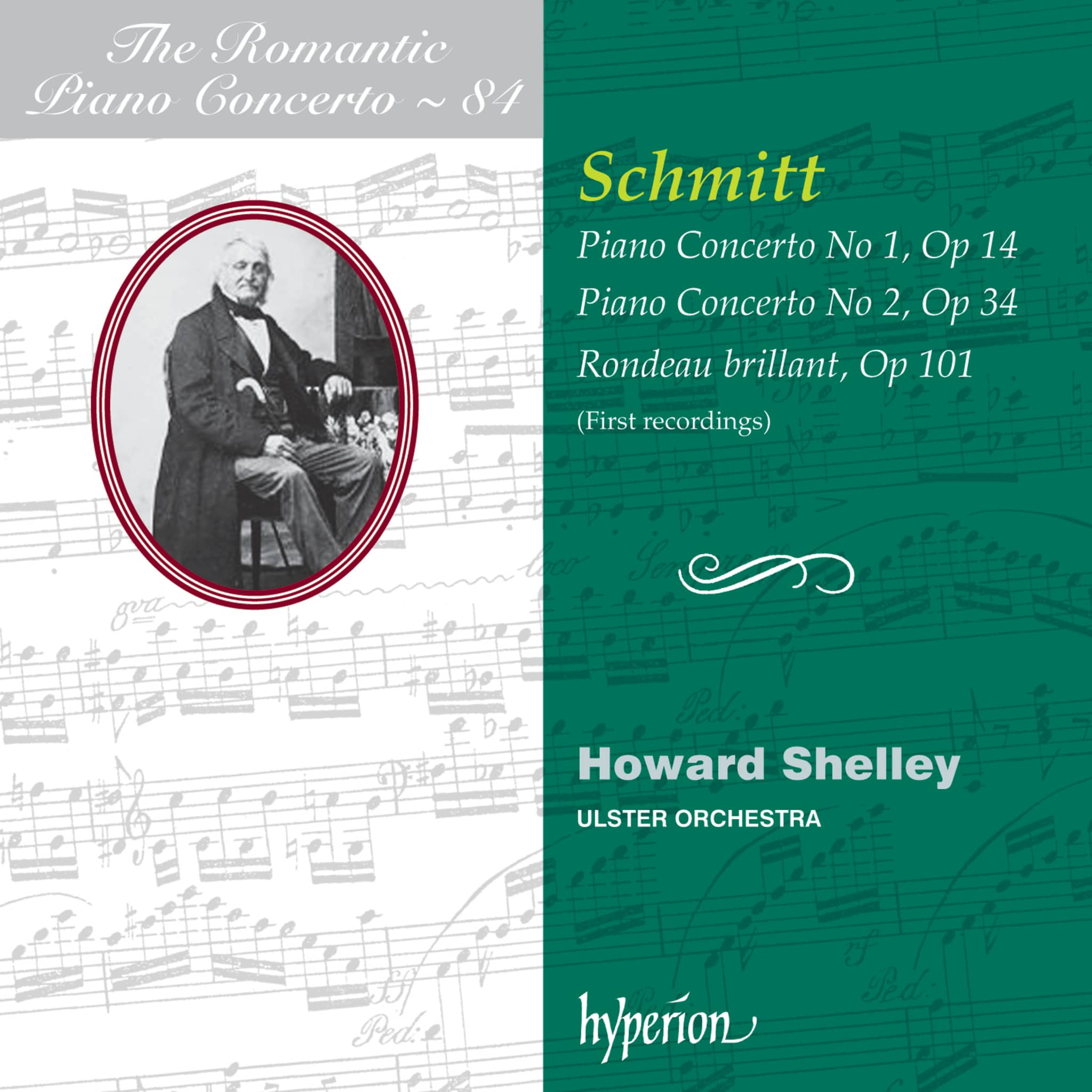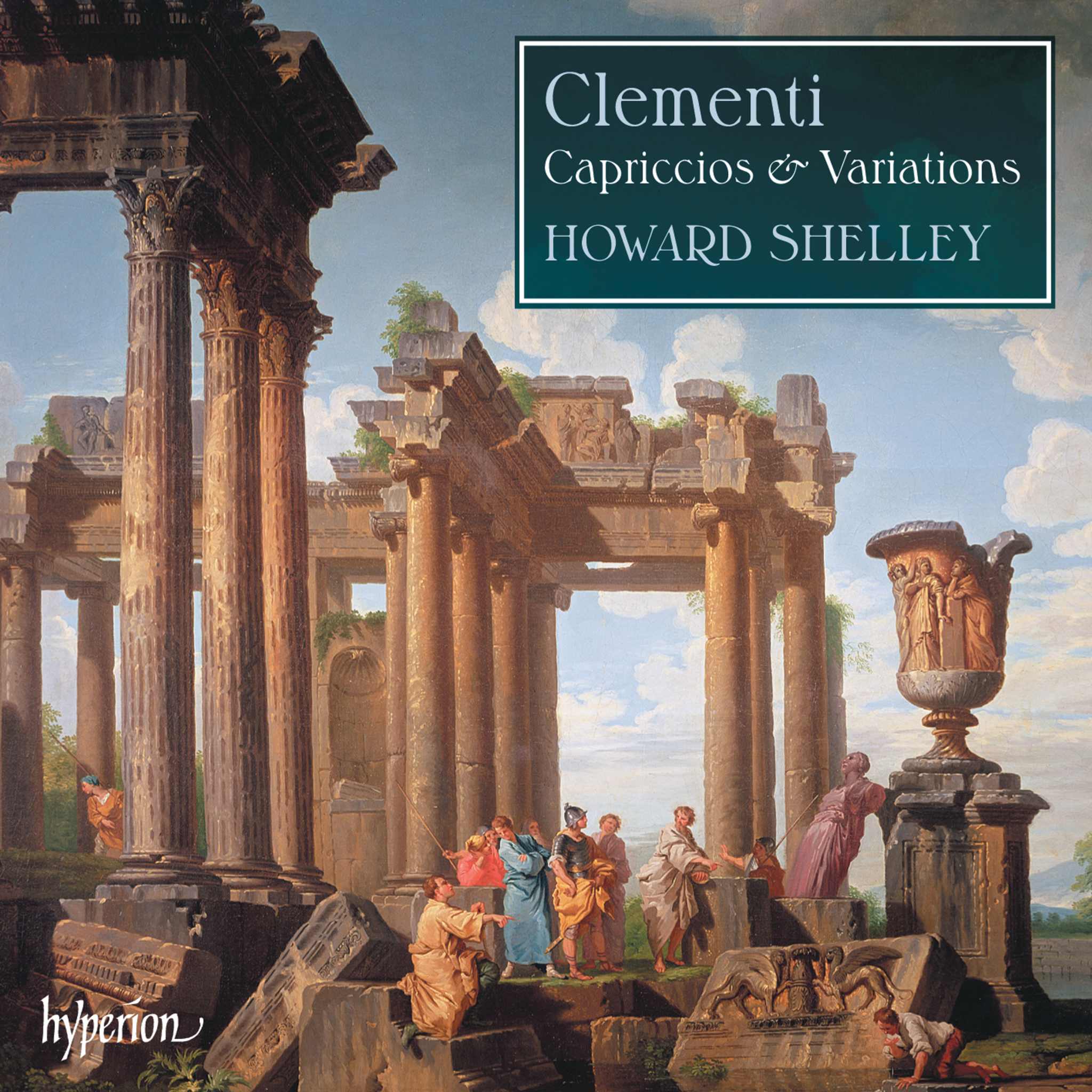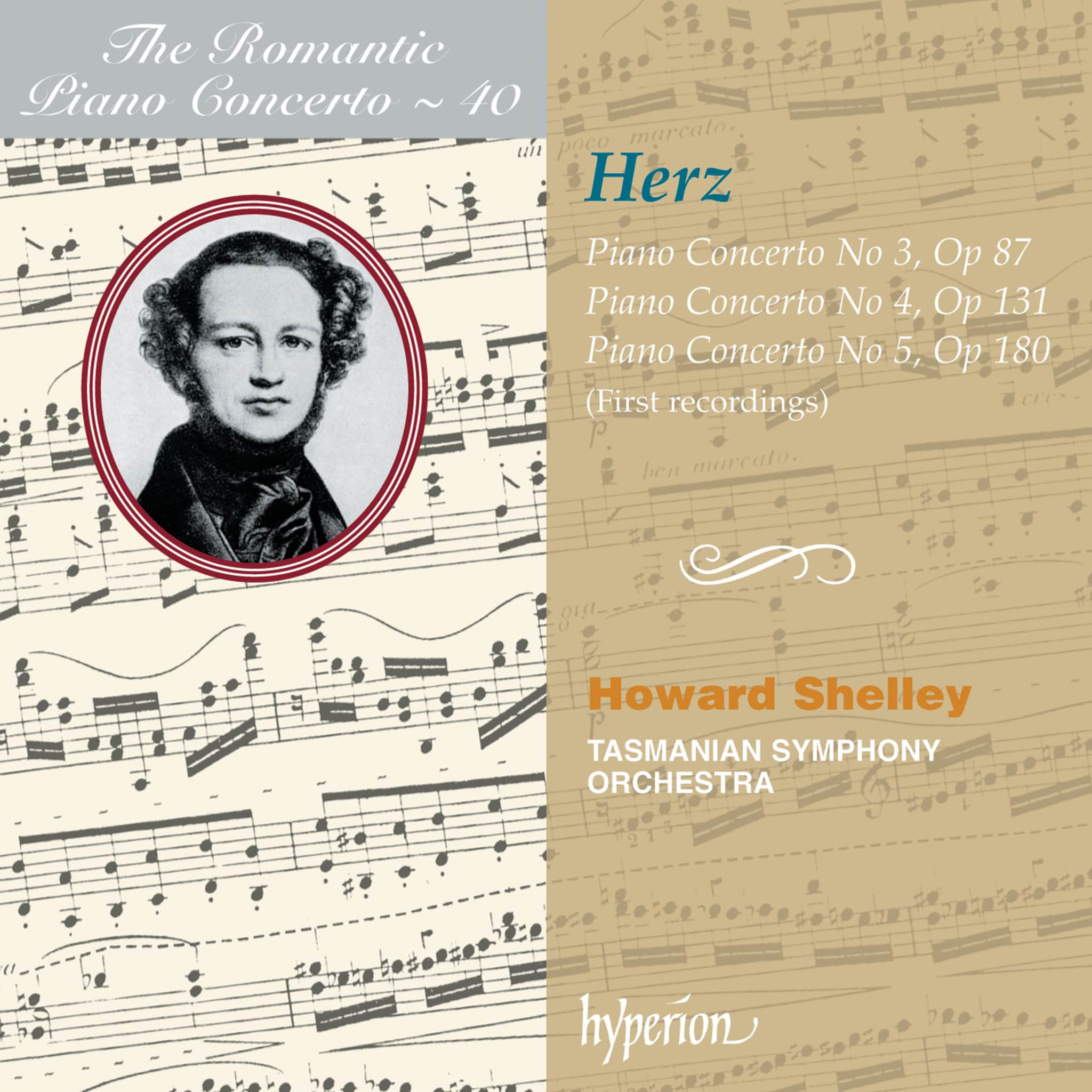Album insights
"Virtuosity is not an outgrowth, but rather a necessary element of music" - Franz Liszt.
Nicolò Paganini captivated audiences like no other musician in the first three decades of the 19th century. Described as tall, gaunt, dressed in black with shoulder-length hair, Paganini mesmerized spectators, earning a reputation as a daring performer and the greatest violinist of his time. Giacomo Meyerbeer noted, "Paganini begins where our understanding ends."
Contemporary accounts described Paganini's unique smile as both bitter and eerie, almost ghostly in appearance. Speculation ran rampant during his lifetime that he had sold his soul to the devil in exchange for supernatural abilities—a notion he neither confirmed nor denied, attributing his gift to a guardian angel. Perhaps there was truth to both beliefs.
Remarkably, Paganini only performed outside his native Italy after 45 years of age during his 43-year concert career. Just nine years later, he retired from public performances.
Paganini's impact extended beyond his virtuoso performances, with his compositions standing as significant achievements. Despite being underestimated in today's music world, his innovative contributions to violin technique, coupled with music of great drama and poetry, have left an indelible mark on music history. He revolutionized violin playing, inspiring subsequent composers like Robert Schumann, Franz Liszt, and others to elevate virtuosic technique to a central tenet of classical music tradition.
At the forefront of Paganini's groundbreaking compositions lies his collection of 24 Caprices for solo violin, Op. 1. These Caprices, showcasing a wide range of violin techniques, are rich in color, imagination, and musical allure, representing a transformative era in music. However, this evolution did not occur in isolation...
During his studies in Parma, Paganini encountered Pietro Locatelli's 24 Caprices, leading to his own compositions developed over several years and eventually published in 1820 as "Ventiquattro capricci per violino solo, composti e dedicati agli artisti da Nicolò Paganini." Rather than dedicating the work to a specific patron, Paganini's unique dedication to "the artists" reflects his intent to honor leading violinists of his time in future editions. These dedications are noted in his manuscript.
Each Caprice presents unique challenges and techniques. From intricate arpeggios, détaché bowing, complex trills, to masterful octave playing, each piece showcases Paganini's mastery and innovation in violin technique.








